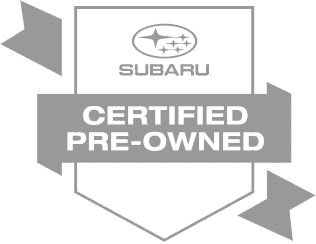

You've probably heard that the timing belt in your vehicle is important, and that a broken timing belt can be bad news. But beyond that, timing belts aren't often mentioned. Below, we discuss seven things that you should know about timing belts. Be sure to contact Shingle Springs Subaru if you have any questions.
7. Not All Vehicles Have Timing Belts
Some vehicles have timing chains rather than belts. There are benefits to each: chains tend to be more durable, whereas belts are lighter and quieter. If you're Subaru came off the assembly line within the past few years, it probably comes with a timing chain.
6. Timing Belts Synchronize the Rotation of the Camshaft and the Crankshaft
For the internal combustion engine in your Subaru to run properly, the valves need to open and close at the right time. The timing belt or chain will make sure that this happens by linking the operation of the valves with the crankshaft that determines the position of the pistons.


5. Timing Belts Have Extra Importance on Interference Engines
In an interference engine, the piston and the valves occupy the same space in the cylinder at different times. This means that proper timing is even more critical. In a non-interference engine, a broken timing belt simply means that the engine will stop. In interference engines, improper timing can lead to a piston striking a valve.
4. The Timing Belt Often Drives the Water Pump
In addition to its important job of synchronizing the crankshaft and camshaft, the timing belt will drive the water pump in many engines. This is why technicians will often perform a water pump replacement when they replace a timing belt.
3. The Belt is Buried Deep in the Engine
Changing a timing belt is known to be a longer and more expensive service. This is because the belt is buried deep within the engine, and getting to it requires extensive disassembly.
2. A Worn Out Timing Belt Won't Usually Present Any Symptoms
Many parts of your vehicle will give you some kind of warning before they break entirely; low brake pads may squeal, dying batteries may make it harder to start your Subaru, etc. A timing belt, on the other hand, often won't give any warning before it breaks. That's why it should be changed on a strict schedule based on miles driven.

1. It Is Essential to Change the Timing Belt at the Scheduled Intervals
Remember how we talked about how interference engines work? Well, a piston that strikes a valve is no small matter: it will do massive damage to your engine. Often, it's cheaper to replace an engine entirely if it has suffered from a broken timing belt. We'd like to help you avoid this fate, so be sure to change the timing belt when the manual tells you to. Usually, that's around every 60,000 miles, but check your owner's manual or speak with one of our service advisers to be sure.
Shingle Springs Subaru
4045 Wild Chaparral Dr
Shingle Springs, CA 95682
- Sales: 530-677-8771
- Service: 530-677-8771
- Parts: 530-677-8771







